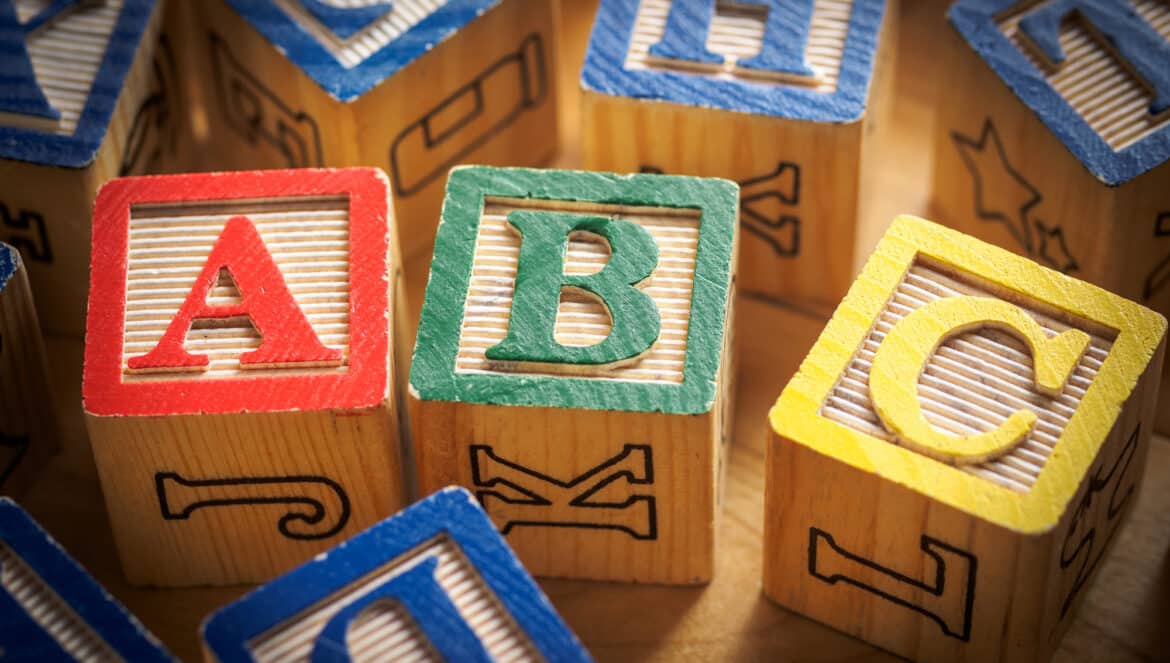An OSMO reference document hosted on edCircuit with permission from Osmo.
INTRODUCTION
Children’s letter knowledge is the foundation of literacy. The alphabetic principle is the understanding that there are systematic and prescriptive relationships between written letters and spoken sounds. Given its importance as the first step towards academic achievement and attainment, neuroscientist Dehaene [17] recommended that for young children łall teaching efforts should be initially focused on a single goal, the grasp of the alphabetic principle. The majority of children worldwide are learning their ABCs the same way as they were taught more than a hundred years ago, despite significant research that has furthered our understanding of how children learn their letters, and despite radical technological advancements. Instead of alphabet books, we have alphabet eBooks and hundreds of apps that aim to replicate the format of traditional alphabet books.
Yet digital enhancements of traditional teaching methods do not always offer the same learning potential as the medium changes. Our work aims to adapt the principles of physical manipulatives with a proven track record of improving children’s learning shapes and names of letters as tangible interfaces. This paper chronicles our process of developing a new tangible application for tablets and mobile phones designed to help children learn to recognize letters by their shape and name, learn to form these letters, and pair their shape with the letter sound. Drawing inspiration from Fröbel and from observations of children playing with these manipulatives, following the tenets of design-based research (DBR) methodology [15, 41], we prototyped, evaluated, redesigned, and re-evaluated a letter game for children three through five years old. In this section we begin with a brief review of previous research and existing ways of teaching that inspired us.
The “Implementation” section focuses on how our cross-disciplinary team evolved the initial design through sequential iterations of evaluation and development, combining quantitative and qualitative methodologies, concluding with our current future directions. Contributions of this research are aimed at both the practical level as well as the theoretical: for the former, the lessons learned as we implement 19th century manipulatives as a tangible interface to scaffold children’s letter learning are adding to the literature towards understanding the characteristics that make tangible interfaces successful. And by sharing our steps as we implemented the DBR methodology as an international collaboration we hope to provides a template for developing educational applications that balance engagement and learning, bringing together innovative research and cutting-edge technologies.
Read the rest in the PDF



